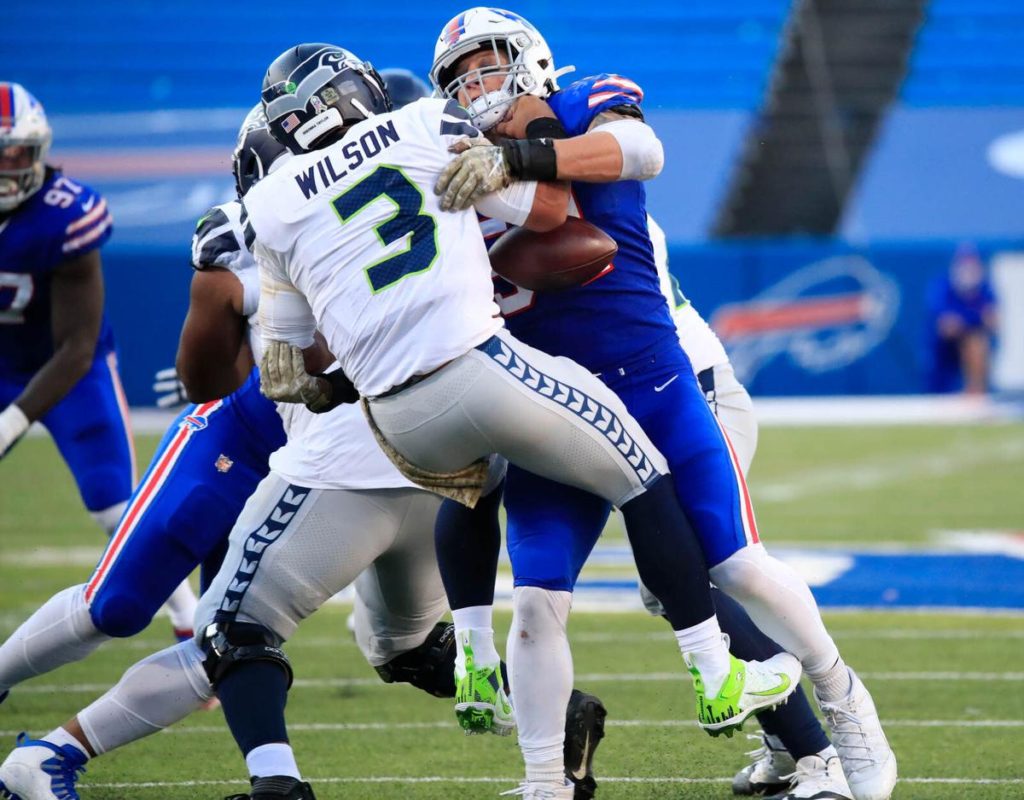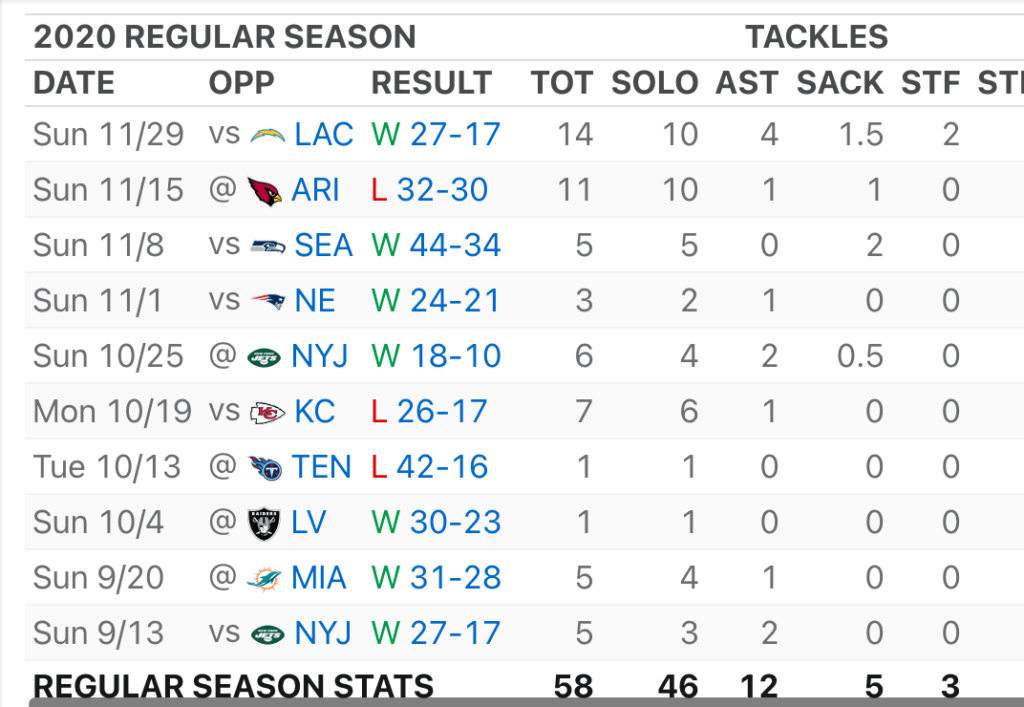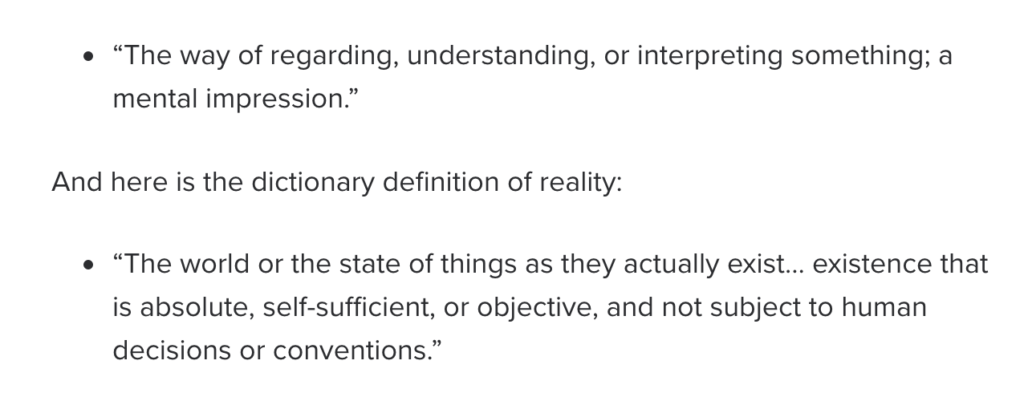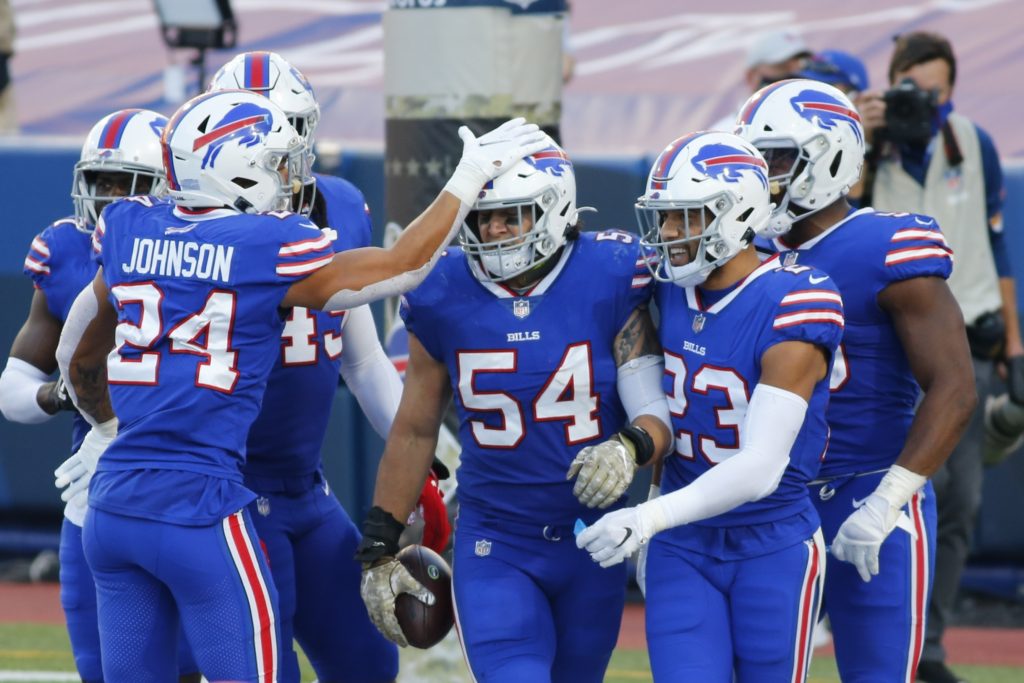
It was painfully obvious during the first part of the 2020 NFL season Buffalo Bills linebacker A.J. Klein struggled mightily. Filling in for an injured Matt Milano, Klein was vilified by BillsMafia for seemingly zigging when he should have been zagging at every turn.
Fast forward a few weeks and he’s named AFC Defensive Player of the week.
Your AFC Defensive Player of the Week: @AJKlein47
— Buffalo Bills (@BuffaloBills) December 3, 2020
RETWEET to congratulate 54! ?#ProBowlVote
Wut?
How can Bills fans go from wanting to string this guy up by his ears to voting for him in the Pro Bowl in less than a month?
Once again, it seems to boil down to human nature. We often have difficulty in separating perception versus reality. It seems humans tend to form rapid conclusions about why something happens and run with it. Whoda thunk it.
For example, when a player like A.J. Klein has a string of bad games we tend to jump to the conclusion that “the player is bad”. But is that our perception, or is it also reality? Let’s have a quick look at ESPN.com’s stats for A.J. Klein to date:

During October most of us were busy crucifying Klein and ready to run him out of Western New York, and his stats illustrate his struggles. However, if Sean McDermott yielded to pressure from the fan base to replace him we never would have seen Klein’s magnificent resurgence over the last few weeks.
So why do we have this tendency to make assumptions that a player is bad because they are playing badly?
It goes right back to the whacky relationship between perception and reality. Dr. Jim Taylor wrote a nice piece in 2019 for Psychology Today on perception and reality that explains the difference. Here are dictionary definitions about how perception and reality were defined in his article. Let’s start with perception first:

The difference is really about what we believe to be real versus what is actually real. This difference can be minimal, or as in the case of Mr. Klein, a gargantuan mistake.
So, why do we have a tendency to jump to conclusions that often prove to be wrong? Sometimes it has to do with not understanding the difference between a person and their behavior.
Huh?
In football we tend to make judgements about a player based on their performance. After performing poorly for a few weeks, some fans decided A.J. Klein was a bad player and needed to be replaced. This was a judgment about him as a player using data from his performance, or behavior on the field.
Instead of enlarging the field of possibilities about why A. J. Klein was performing poorly, our perception was based on impressions of him being “over the hill”, “not fast enough”, or any number of possible conclusions. We often fail in these situations to consider the possibility that the scheme he was playing in did not match his physical talent.

So our perception of A.J. was made by jumping to conclusions based on performance in one scheme rather than considering the possibility that the coaching staff was trying to fit a square peg in a round hole. Our entire perception about Klein seemed to change when the scheme changed and Klein’s performance took off.
So what in the hell is my message here?
Many times we come to conclusions we think are correct, when in fact we fail to consider alternative variables playing a role in whatever situation we are considering at the moment. Thankfully the Bills have a head coach who doesn’t bend to pressure from the fans and is willing to stand up for a player like A.J. Klein, as he did in this situation.
Instead of jumping to defend a conclusion based on our perception, it might benefit us all to consider the possibility that our perception may in fact turn out NOT to be reality.
~The Caboose~
